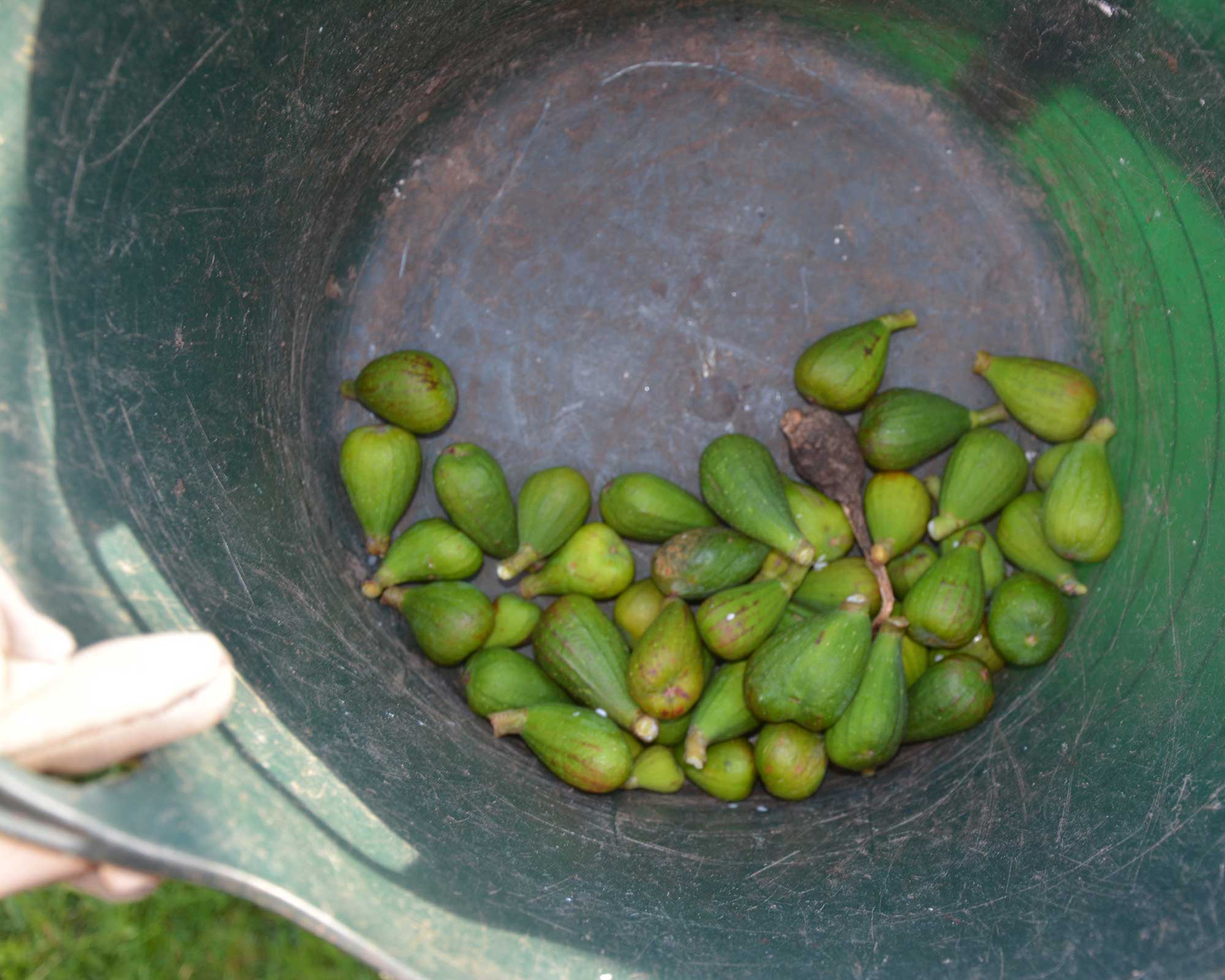Wondering how to prune fig trees? The experts share their top tips for success
Learning how to prune fig trees the right way will give you better-shaped plants with maximum yields

Janey Goulding

Learning how to prune fig trees is crucial for determining their overall health and productivity. But, it's not a simple case of snipping away with your secateurs at random. As with most pruning jobs, there are certain things you should know before you begin – and that's where we can help.
Trimming fig trees at critical stages not only allows you to sculpt the shape and manage its size, but it also gives you the edge in terms of fig numbers. With careful, clever pruning, the process of growing fruit is sped up and you can encourage new fruits at the right times.
So, if you want to boost the vitality and volume of your fig tree's harvest, as well as neaten up its appearance, these tips are bound to come in useful.
When to prune fig trees
Figs are vigorous, fast-growing trees. So, bear in mind that once you've learned how to prune fig trees, this is a job you will need to do twice a year, every year.
There are two main times to prune your figs: at the end of winter, and during midsummer. As Lucy Chamberlain, an expert from Amateur Gardening magazine explains, 'Winter pruning consists of shaping the tree and easing congestion. Summer pruning helps the sun reach your developing fruits and encourages fruitlet formation.'

How to prune fig trees throughout the year
Your late-winter pruning should aim to remove unwanted growth; dead, damaged or weak stems; anything that spoils its shape; or any suckers. Overly long shoots that have outgrown their space can also be cut back to just above a leaf bud, adds Ruth Hayes from Amateur Gardening.
What you are looking to create with your cuts is a ‘goblet’ shape with an open structure. This is important as it lets the light reach all parts of the fig canopy so it can stay healthy and produce plenty of ripe fruit.
You may need to cut thick stems – 1in (2.5cm) or more in diameter – with a hand saw rather than with secateurs.
'This is also a good time to remove half-grown fruits as they won’t ripen next summer,' says Ruth. 'Leave the tiny, fingernail-sized fruitlets starting to appear on the branches – they don’t look like much but they will swell and ripen in time for next summer’s harvest.'

Summer pruning is your chance to control the developing shape, but also to encourage next year’s harvest. As Lucy points out, only fruitlets initiated in fall have time to flower and ripen the following summer.
The current year's growth will need cutting back. Do this by pinching or cutting the tips of any shoots, leaving five or six leaves on each. Just focus on young growth, and leave mature shoots alone. This stimulates side-shoots that go on to develop fruitlets in fall. These fruits will have a head start in spring.
If the fig is in growth, cut stems will ooze a milky sap, but this should stop quickly and shouldn’t harm the plant (cutting in winter, it shouldn’t bleed at all). The sap is an irritant, though, so wear protective gardening gloves (there are plenty to choose from on Amazon), and cover your arms. It's also best to start pruning from the bottom of the plant and work upwards. If you do get any sap on your skin, wash it off as soon as possible.

How do you prune fan-trained figs?
Figs are one of best fruit trees for fan-training along a sunny garden wall.
Pinch out the growing tip of alternating young shoots as part of your summer pruning, says the RHS. This encourages bushier growth lower down. As the new shoots develop, tie the stems to horizontal wires.
In late winter, cut out dead stems to keep the tree open. As with all fig trees, the aim is to create space and light for ample fruit formation.

How do you prune potted fig trees?
Some figs make good fruit trees for pots. If you grow yours this way, you should cut out dead stems and weak branches in late winter before growth starts, says the RHS.
You should also prune the shoot tips from new growth in summer, leaving four to five leaves, they add.


The garden was always a big part of Holly's life growing up, as was the surrounding New Forest where she lived. Her appreciation for the great outdoors has only grown since then. She's been an allotment keeper, a professional gardener, and a botanical illustrator – plants are her passion.
- Janey GouldingAssistant editor, Amateur Gardening magazine
